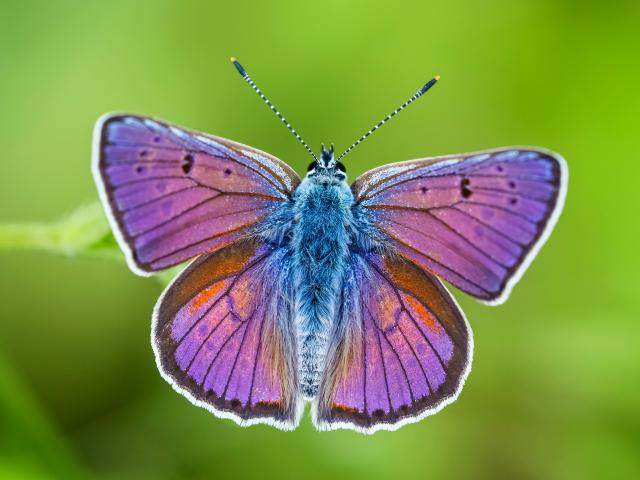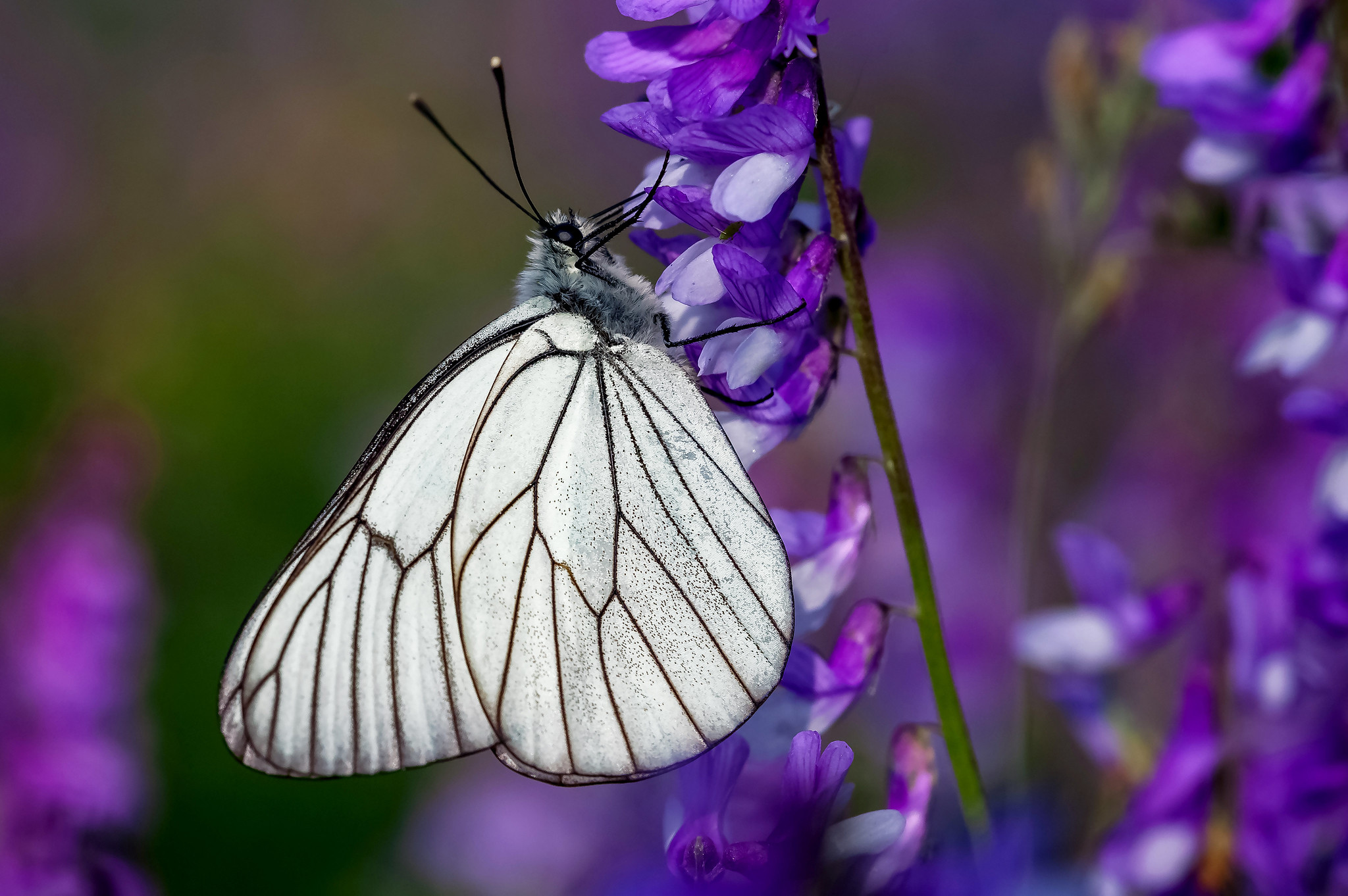A major new project is in progress with the aim to better monitor butterfly population trends across Europe, providing an up-to-date assessment of the state of butterflies in Europe and helping to evaluate the health of the environment and inform EU biodiversity and agricultural policies.
The EU pilot project, ABLE (Assessing ButterfLies in Europe), is a partnership between Butterfly Conservation Europe, the UK Centre for Ecology & Hydrology, the Helmholtz Centre for Environmental Research (Germany), Dutch Butterfly Conservation (The Netherlands) and Butterfly Conservation (UK). The team is working with partners across the EU and is roughly halfway through the two-year project.
Butterflies are already monitored across many EU countries, but the project aims to expand monitoring to cover additional EU countries, particularly in southern and eastern Europe. In doing so, it will become possible to produce more representative butterfly trends across the EU in future.
The project has recently produced an updated EU indicator for grassland butterfly species1. The abundance indicator is based on data for 17 grassland species in 16 EU countries (from 19 monitoring schemes) with counts contributing from over 6000 transects. The indicator shows a significant decline of 39% for 1990-2017, suggesting a serious deterioration of grassland habitats.

As part of the ABLE project, the method used for calculating EU indicators has been improved and enhanced using modern statistical approaches. Although the butterfly monitoring schemes are very similar, there are some differences, for example in the number of years the scheme has been running, the number of sites at which data are collected and the number of visits that might be made during the butterfly season. The statistical methods used account for these differences to produce a representative indicator for multiple species from the available data.
For each species, flight periods were estimated using a generalised abundance index approach2 based upon climate zones3,4. Site-level indices were then produced by estimating missing counts, and combined into species’ collated abundance indices for each monitoring scheme. A collated abundance index for the EU was then estimated for each species, using weightings to appropriately account for variation in species’ population density across their range. The species-level EU indices are then finally combined to produce the EU multi-species indicator, which provides a measure of biodiversity change.
As the butterfly monitoring network in Europe continues to grow and expand, the geographical scope of EU butterfly indicators will continue to improve and produce more representative outputs. The refinement of existing EU butterfly indicators is ongoing, as well as development of a butterfly database and associated analysis tools.
Further research is underway to produce more policy-relevant butterfly indicators for Europe. This will include species’ trends and multi-species indicators for woodland and wetland habitats, as well as an overall measure of butterfly abundance in Europe. The team will also examine the impacts of climate change on butterfly populations, as well as potential effects of EU initiatives such as the Natura 2000 network of protected sites, in order to assess biodiversity status and help inform EU biodiversity and land use policies.
Dr Emily Dennis
Senior Ecological Statistician
References
- Van Swaay, C.A.M., Dennis, E.B., Schmucki, R., Sevilleja, C.G., Balalaikins, M., Botham, M., Bourn, N.,Brereton, T., Cancela, J.P., Carlisle, B., Chambers, P., Collins, S., Dopagne, C., Escobés, R., Feldmann, R., Fernández-García, J. M., Fontaine, B., Gracianteparaluceta, A., Harrower, C., Harpke, A., Heliölä, J., Komac, B., Kühn, E., Lang, A., Maes, D., Mestdagh, X., Middlebrook, I., Monasterio, Y., Munguira, M.L., Murray, T.E., Musche, M., Õunap, E., Paramo, F., Pettersson, L.B,, Piqueray, J., Settele, J., Stefanescu, C., Švitra, G., Tiitsaar, A., Verovnik, R., Warren, M.S., Wynhoff, I. & Roy, D.B. (2019). The EU Butterfly Indicator for Grassland species: 1990-2017: Technical Report. Butterfly Conservation Europe & ABLE/eBMS (www.butterfly-monitoring.net)
- Dennis, E.B., Morgan, B.J., Freeman, S.N., Brereton, T.M. and Roy, D.B., 2016. A generalized abundance index for seasonal invertebrates. Biometrics, 72(4), pp.1305-1314. https://onlinelibrary.wiley.com/doi/full/10.1111/biom.12506
- Metzger, M.J., Bunce, R.G., Jongman, R.H., Sayre, R., Trabucco, A. and Zomer, R., 2013. A high‐resolution bioclimate map of the world: a unifying framework for global biodiversity research and monitoring. Global Ecology and Biogeography, 22(5), pp.630-638. https://www.earthobservations.org/documents/cop/bi_geobon/outreach/201211_Metzger_GEB_inpress_1.pdf
- Schmucki, R., Pe'er, G., Roy, D.B., Stefanescu, C., Van Swaay, C.A.M., Oliver, T.H., Kuussaari, M., Van Strien, L. Ries, J. Settele, M. Musche, J. Carnicer, O. Schweiger, T. M. Brereton, A. Harpke, J. Heliölä, E. Kühn, and R. Julliard., 2016. A regionally informed abundance index for supporting integrative analyses across butterfly monitoring schemes. Journal of Applied Ecology, 53(2), pp.501-510. https://besjournals.onlinelibrary.wiley.com/doi/full/10.1111/1365-2664.12561


